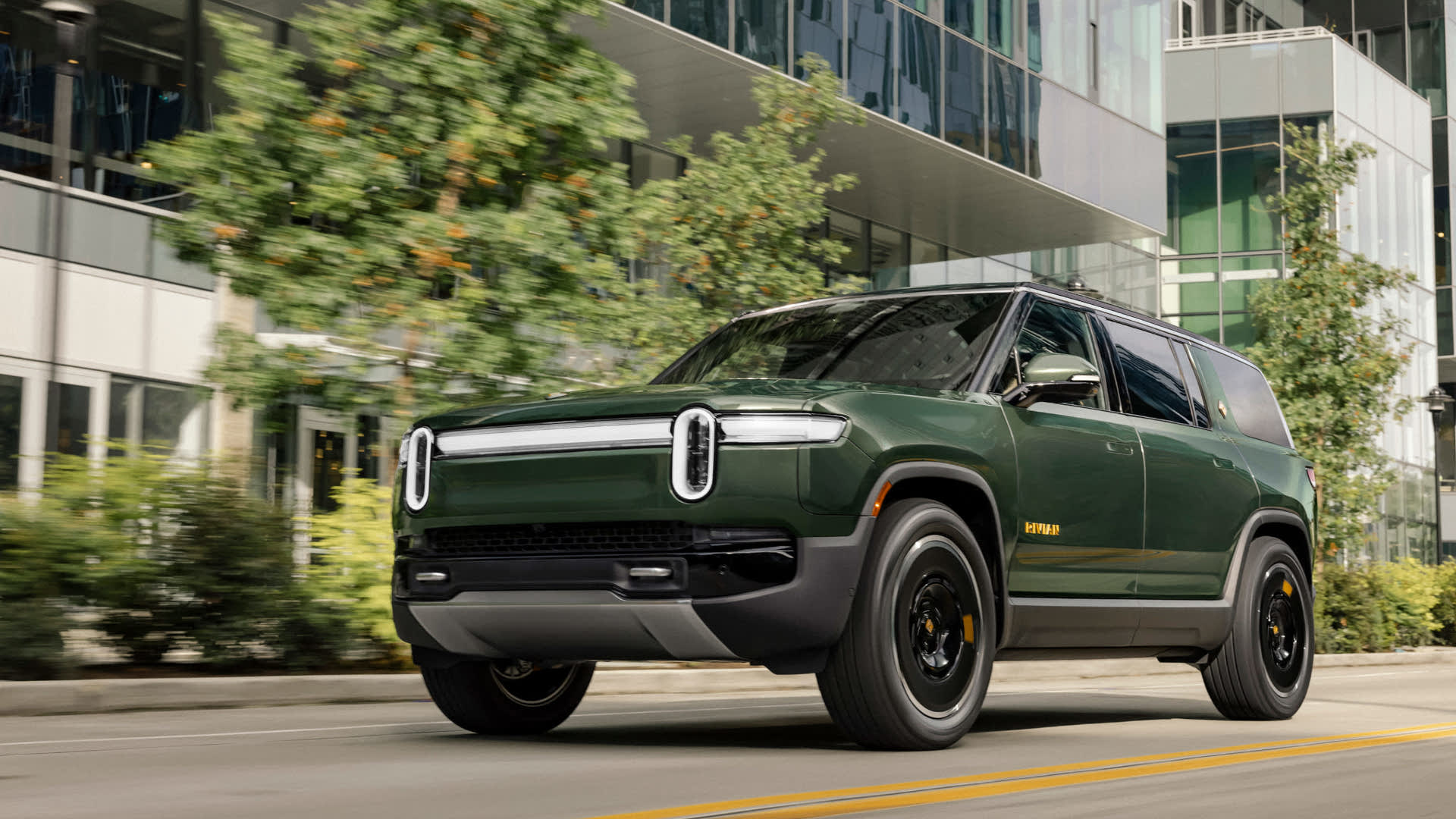
As electric vehicles gain traction in the luxury market, many consumers are weighing the financial benefits of going electric. With volatile gas prices and growing environmental concerns, the question of electric versus gas-powered luxury vehicles has become increasingly relevant.
Read More: I’m a Mechanic: 5 Used Cars I Would Never Buy and Why They Aren’t Worth It
Find Out: How Much Money Is Needed To Be Considered Middle Class in Your State?
The Rivian R1T pickup and R1S SUV represent premium electric options, but how do their operating costs compare to BMW, Mercedes-Benz, and Audi models?
Here’s how monthly Rivian charging costs compare to fueling traditional luxury vehicles.
Rivian Charging Costs
The cost to charge a Rivian varies significantly based on location and charging method. Home charging typically costs about half of a gas tank fill-up.
Discover Next: Here’s What It Costs To Charge a Tesla Monthly vs. Using Gas for a Honda Civic
Home Charging Economics
According to the U.S. Energy Information Administration, the national average electricity rate is around $0.15 per kWh, though regional variations range from $0.10 to $0.30+ per kWh.
The Rivian R1T has battery capacities of 135 kWh (Large pack) or 106 kWh (Standard pack), per Rivian’s official specifications. Based on the real-world efficiency of 2.5 miles per kWh:
Monthly Home Charging Costs (1,000 miles):
- At $0.15/kWh: $75-$95
- At $0.20/kWh: $100-$125
- At $0.30/kWh: $150-$190
Public Charging
Electrify America charges around 48 cents per kWh for fast charging. Heavy public charging users can expect $150-$250 monthly costs.
Luxury Gas Car Comparison
Most luxury vehicles require premium gasoline. According to AAA’s Gas Prices, regular gas averages $3.15 per gallon nationally, making premium fuel approximately $3.50-$3.75 per gallon.
Monthly Fuel Costs for 1,000 Miles:
Luxury SUVs:
- BMW X5 (19 mpg): $189
- Mercedes GLE (20 mpg): $180
- Audi Q7 (19 mpg): $189
Luxury Sedans:
- BMW 5 Series (25 mpg): $144
- Mercedes E-Class (26 mpg): $138
- Audi A6 (25 mpg): $144
The Bottom Line
For drivers charging primarily at home, Rivian offers significant monthly savings:
Potential Monthly Savings:
- vs. Luxury SUVs: $85-$115
- vs. Luxury Sedans: $45-$70
- Annual savings: $540-$1,380
However, those relying heavily on public charging may find costs approaching efficient luxury sedans.
Regional Impact
Geographic location significantly affects this comparison. States with low electricity rates and high gas prices heavily favor electric vehicles, while areas with expensive electricity and cheap gas narrow the gap.
Beyond Monthly Costs
Additional Rivian advantages include minimal maintenance requirements, no oil changes, reduced brake wear, and potential HOV lane access. Traditional luxury cars offer established service networks, no range anxiety, and faster refueling.
Conclusion
Rivian ownership typically offers $80-$100 monthly savings compared to luxury SUVs for most drivers with home charging access. The key is understanding your usage patterns, local utility rates, and charging infrastructure before making the switch from premium gasoline to premium electrons.
More From GOBankingRates
- 3 Luxury SUVs That Will Have Massive Price Drops in Summer 2025
- Proven Ways Small Business Owners Are Protecting What They've Built
- I'm a Retired Boomer: 6 Bills I Canceled This Year That Were a Waste of Money
- 10 Used Cars That Will Last Longer Than the Average New Vehicle
This article originally appeared on GOBankingRates.com: What Does It Cost To Charge a Rivian Monthly Compared To Gas for Other Luxury Cars?







